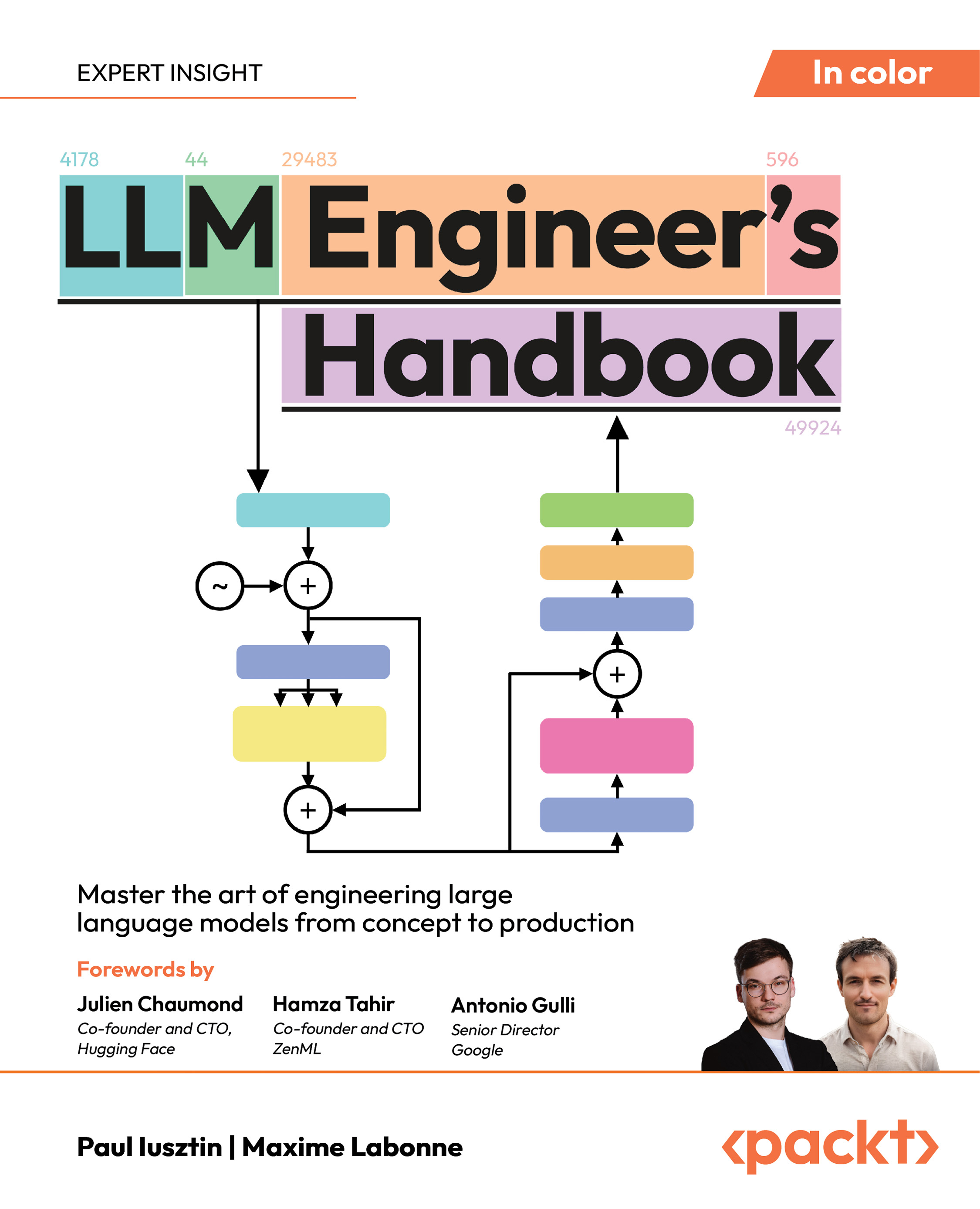MoonBit’s architecture reflects a deliberate focus on toolchain integration and cross-platform performance. It is a statically typed, multi-paradigm language influenced by Go and Rust, supporting generics, structural interfaces, and static memory management. The compiler is designed for whole-program optimization, producing Wasm or native binaries with minimal overhead. According to benchmarks cited by the team, MoonBit compiled 626 packages in 1.06 seconds—approximately 9x faster than Rust in the same test set. Its default Wasm output is compact: a basic HTTP service compiles to ~27 KB, which compares favorably to similar Rust (~100 KB) and JavaScript (~8.7 MB) implementations. This is partly due to MoonBit’s support for Wasm GC, allowing it to omit runtime components that Rust must include.
The syntax and structure are also optimized for machine parsing. All top-level definitions require explicit types, and interface methods are defined at the top level rather than nested. This flatter structure reportedly improves LLM performance by reducing key–value cache misses during code generation. The language includes built-in support for JSON, streaming data processing via iterators, and compile-time error tracking through control-flow analysis.
Tooling is tightly coupled with the language. The moon CLI handles compilation, formatting, testing, and dependency management via the Mooncakes registry. The build system, written in Rust, supports parallel, incremental builds. A dedicated LSP server (distributed via npm) integrates MoonBit with IDEs, enabling features like real-time code analysis and completions. Debugging is supported via the CLI with commands like moon run --target js --debug, which link into source-level tools.
A browser-based IDE preview is also available. It avoids containers in favor of a parallelized backend and includes an embedded AI assistant capable of generating documentation, suggesting tests, and offering inline explanations. According to the team, this setup is designed to support both developer productivity and AI agent interaction.
MoonBit’s performance profile extends beyond Wasm. A recent release introduced an LLVM backend for native compilation. In one example published by the team, MoonBit outperformed Java by up to 15x in a numeric loop benchmark. The language also supports JavaScript as a compilation target, expanding deployment options across web and server contexts.
 United States
United States
 Great Britain
Great Britain
 India
India
 Germany
Germany
 France
France
 Canada
Canada
 Russia
Russia
 Spain
Spain
 Brazil
Brazil
 Australia
Australia
 South Africa
South Africa
 Thailand
Thailand
 Ukraine
Ukraine
 Switzerland
Switzerland
 Slovakia
Slovakia
 Luxembourg
Luxembourg
 Hungary
Hungary
 Romania
Romania
 Denmark
Denmark
 Ireland
Ireland
 Estonia
Estonia
 Belgium
Belgium
 Italy
Italy
 Finland
Finland
 Cyprus
Cyprus
 Lithuania
Lithuania
 Latvia
Latvia
 Malta
Malta
 Netherlands
Netherlands
 Portugal
Portugal
 Slovenia
Slovenia
 Sweden
Sweden
 Argentina
Argentina
 Colombia
Colombia
 Ecuador
Ecuador
 Indonesia
Indonesia
 Mexico
Mexico
 New Zealand
New Zealand
 Norway
Norway
 South Korea
South Korea
 Taiwan
Taiwan
 Turkey
Turkey
 Czechia
Czechia
 Austria
Austria
 Greece
Greece
 Isle of Man
Isle of Man
 Bulgaria
Bulgaria
 Japan
Japan
 Philippines
Philippines
 Poland
Poland
 Singapore
Singapore
 Egypt
Egypt
 Chile
Chile
 Malaysia
Malaysia













